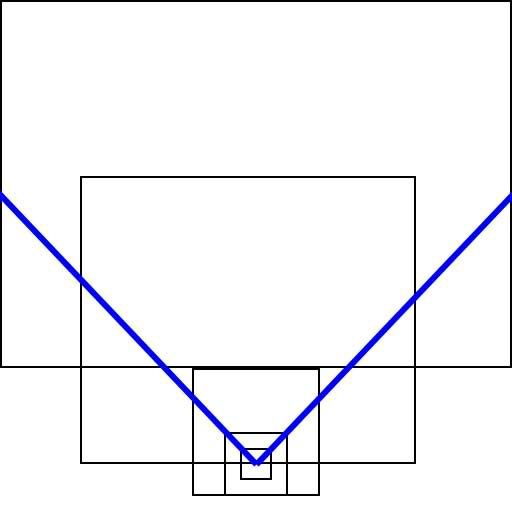
Is this is a good way to subdivide ? If you start with a shadow map of 32m x 32m, you can cover 'only' 256m / 3 * 2 = 170m .. which perhaps might even not be enough.
The thing I don't like about the multiple shadow maps is that you have to shade your scene also with the subdivided frustums, and this doesn't really work well with deferred shading and feels counterintuitive. You could select the shadow map to render depending on the distance (as wolf suggested I think), but then you have to give all the shadow maps to the shader, have a lot of texture memory swapping (shadow maps are rather big uncompressed textures), and it's always better to avoid branching I think. I tried it before and it works fine. I even increased the PCF when sampling the shadow maps closer to the camera.
I presume (not sure yet, cause I'm writing here as I am thinking :)), that you could do the following:
- cull scene with all object which will be shaded (shadow receiver objects)
- cull all possible object which can contribute shadows into a single visible array (shadow caster objects)
- devide the visible array into different frustra, 4 here
- repeat for each frustra (starting with furthest)
* render shadow caster objects from frustum in a shadow map
* render shadow receiver objects within this frustum, using shadow map to another RGBA texture in screenspace, and only store black and white and perhaps perform some PCF here
- now we have the complete projected shadow map into a single texture for the scene -> blur it.
- render the shadow receiver objects again (all of them), using the RGBA shadow map.
This seams like the easiest method, because you don't really have to modify your shading system to work with multiple frustra.
Someone else posted another very nice link to Variance Shadow Map. But I would only use the Variance Shadow Maps for point and spotlights, cause I think it would work best there.
All comments welcome of course




